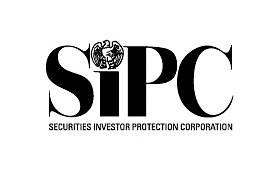Sometimes people look at their portfolios and wonder why they own international stocks, specifically in emerging markets. What they may not realize is that because they have a global portfolio, the assets within that portfolio are not always moving up or down in lock step. It could be said that these people are recency biased.
Investors with this type of bias expect what worked in the recent past to perform the best in the future — which is an incorrect expectation. For example, the 2000s were considered the lost decade for the S&P 500. During the time period from 2000 to 2009, the S&P 500 went down while international stocks more than doubled.
In a globally diversified portfolio, there are going to be components or asset classes that are doing well and ones that are disappointing. However, the problem is that the timing of those returns is not predictable — you have to stay invested in all of the components of a global diversified to be rewarded over time.
When you own the world — Japan, Europe, South America, Africa, North America, and so on — you have to realize the market is global, not just centered in the U.S. There’s no reason to believe that international stocks may have less than expected returns over U.S. stocks, because capital can move very easy and quickly.
VIAIV offers clients financial science and perspective. Many people, without guidance, would just chase recent returns which would severely hurt returns over time. In the investment world, we have an expression for that: If you chase the heat, you’re going to get burned. That is why it’s important to realize that all of the asset classes within your portfolio have a positive expected rate of return, but we don’t know when those returns will come. Hindsight is and will always be 20/20. That’s why financial science and not emotions (fear,greed,envy) should dictate your financial portfolio.



